Thinking about adding some greenery to your indoor space? Be careful!
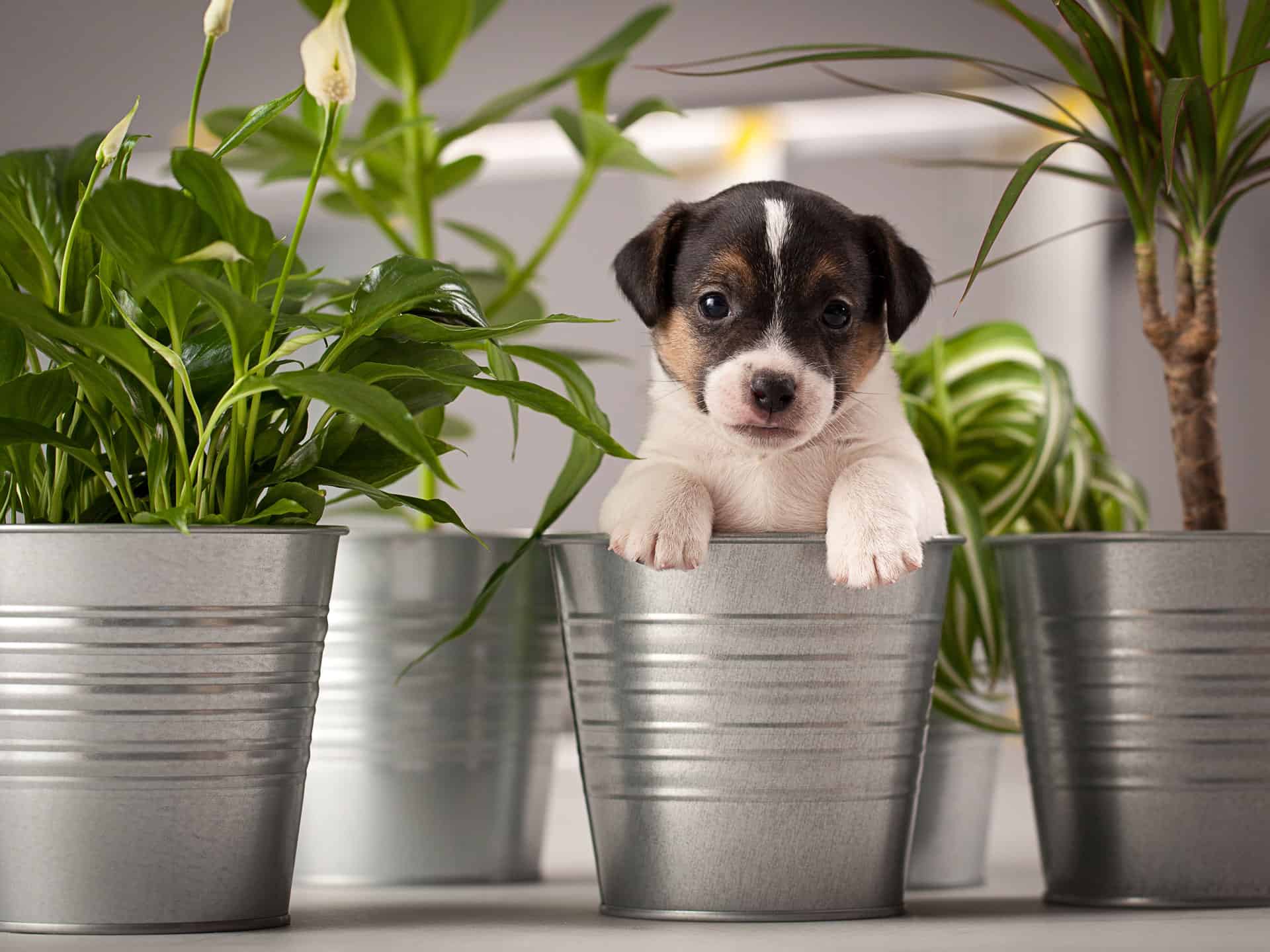
Many popular and trendy indoor plants are toxic if ingested by your pets. As we all know, our little furry family members like to nibble on everything when their owner’s back is turned. Here are some plants that are relatively easy to maintain and safe for your furry friends.
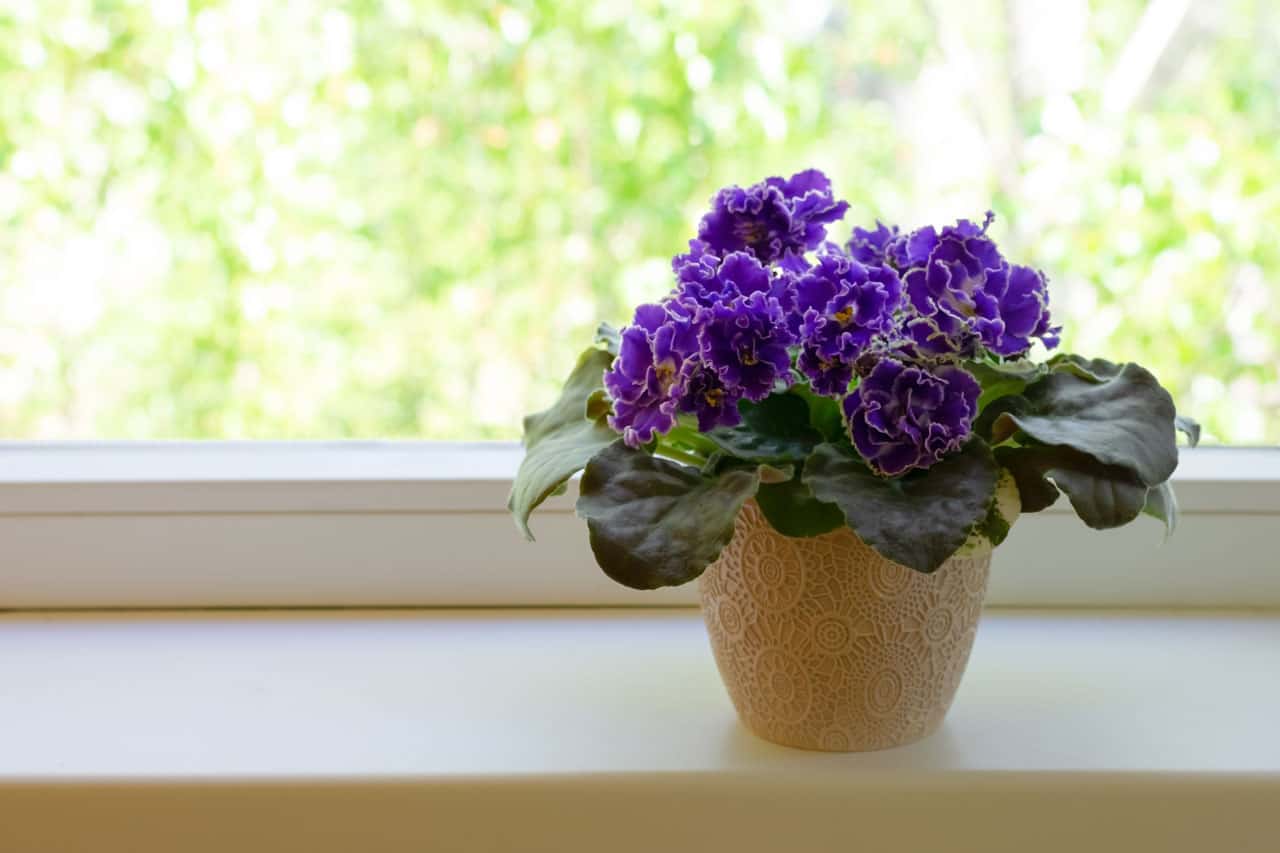
African Violet
Ideal for low light and moderate temperature and humidity, African Violets need just enough water to keep the soil moist but never soggy, as they can be susceptible to several plant diseases.
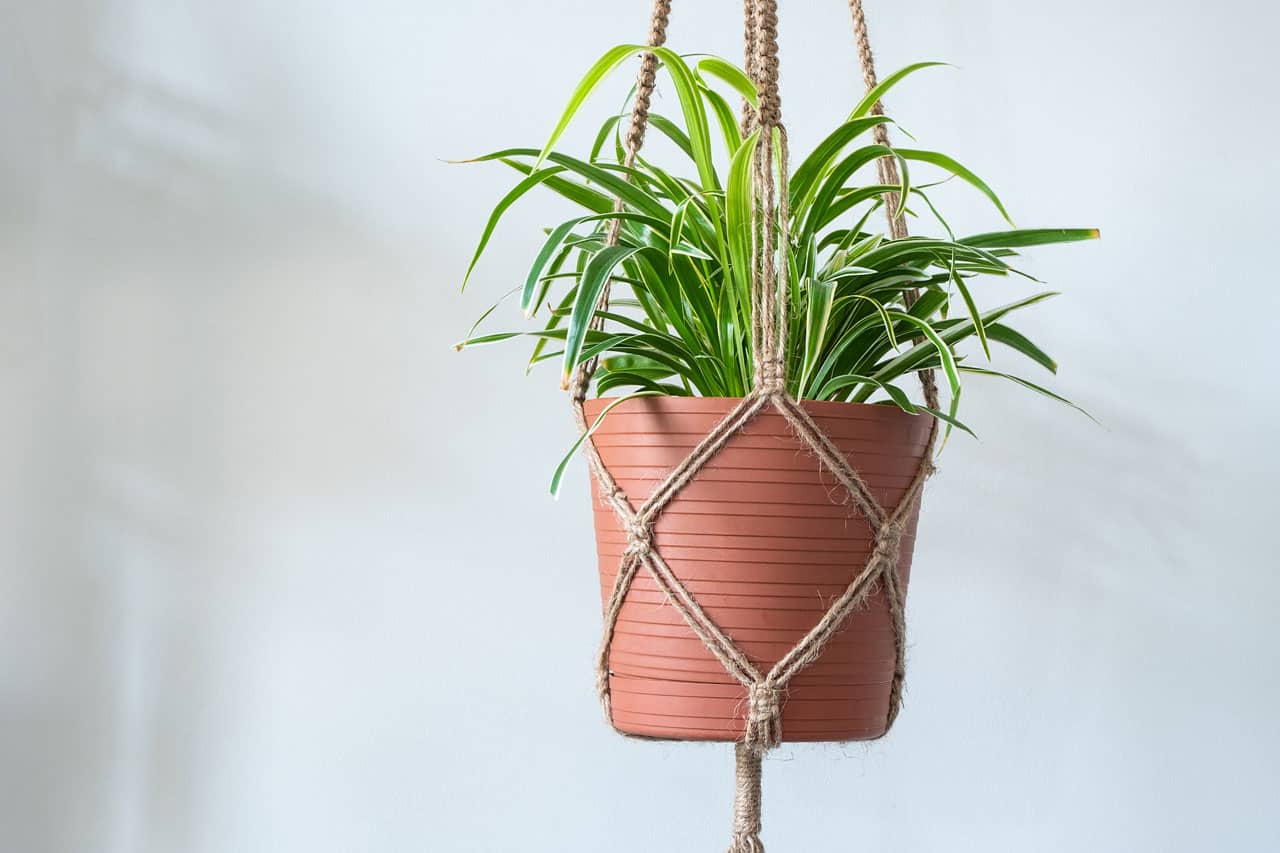
Spider Plant
Also known as the Ribbon or Airplane Plant, the Spider Plant is non-toxic and tolerates a wide range of light, moisture, and soil conditions. These tough plants tolerate lots of abuse, making them excellent candidates for newbie gardeners or those without a green thumb. Provide them with well-drained soil and bright, indirect light. Allow the soil to dry before each watering.
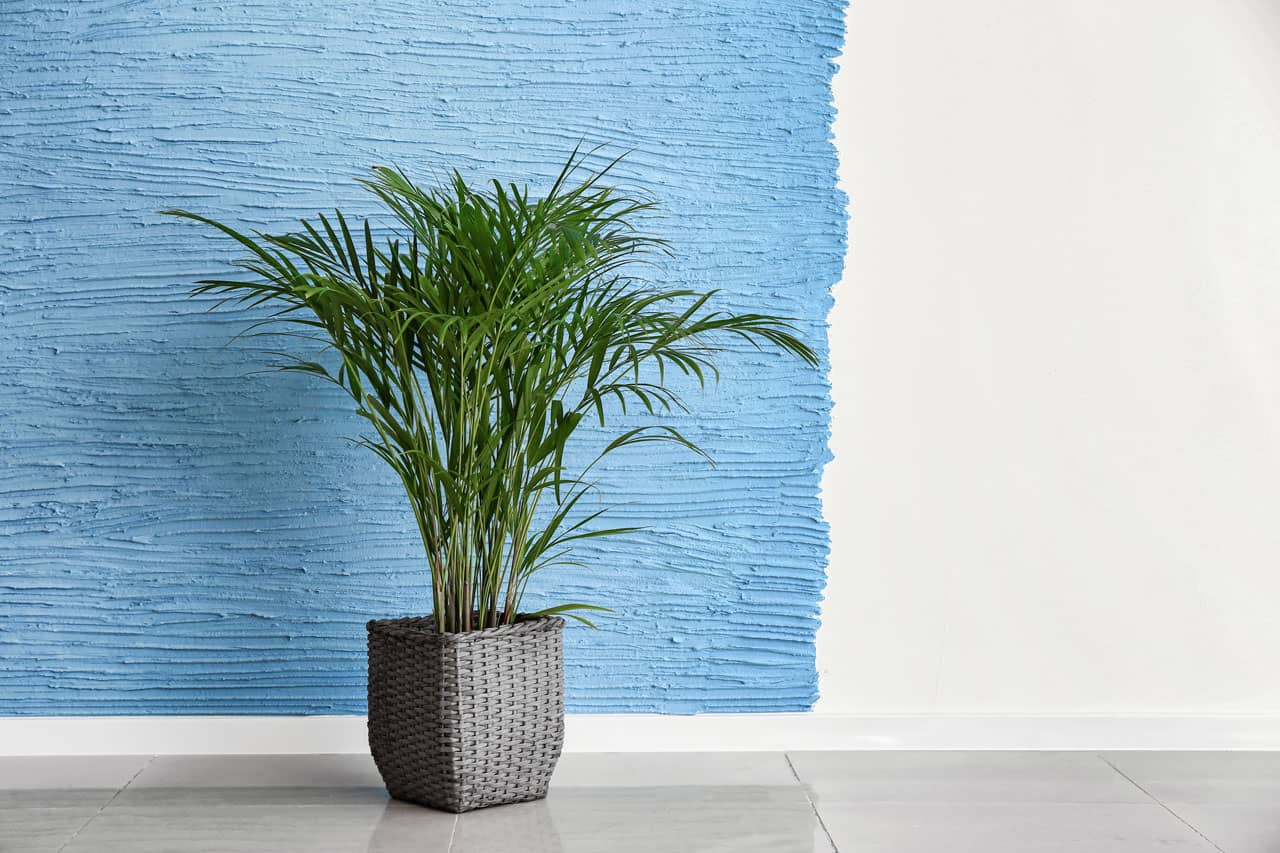
Areca Palm
Also known as a Butterfly Palm, the Areca Palm needs bright, indirect light from a south- or west-facing window. The leaves turn yellowish-green in direct sunlight. However, they don’t fare well when neglected. If you prefer a hands-off approach to indoor gardening, the Areca probably isn’t the plant for you.
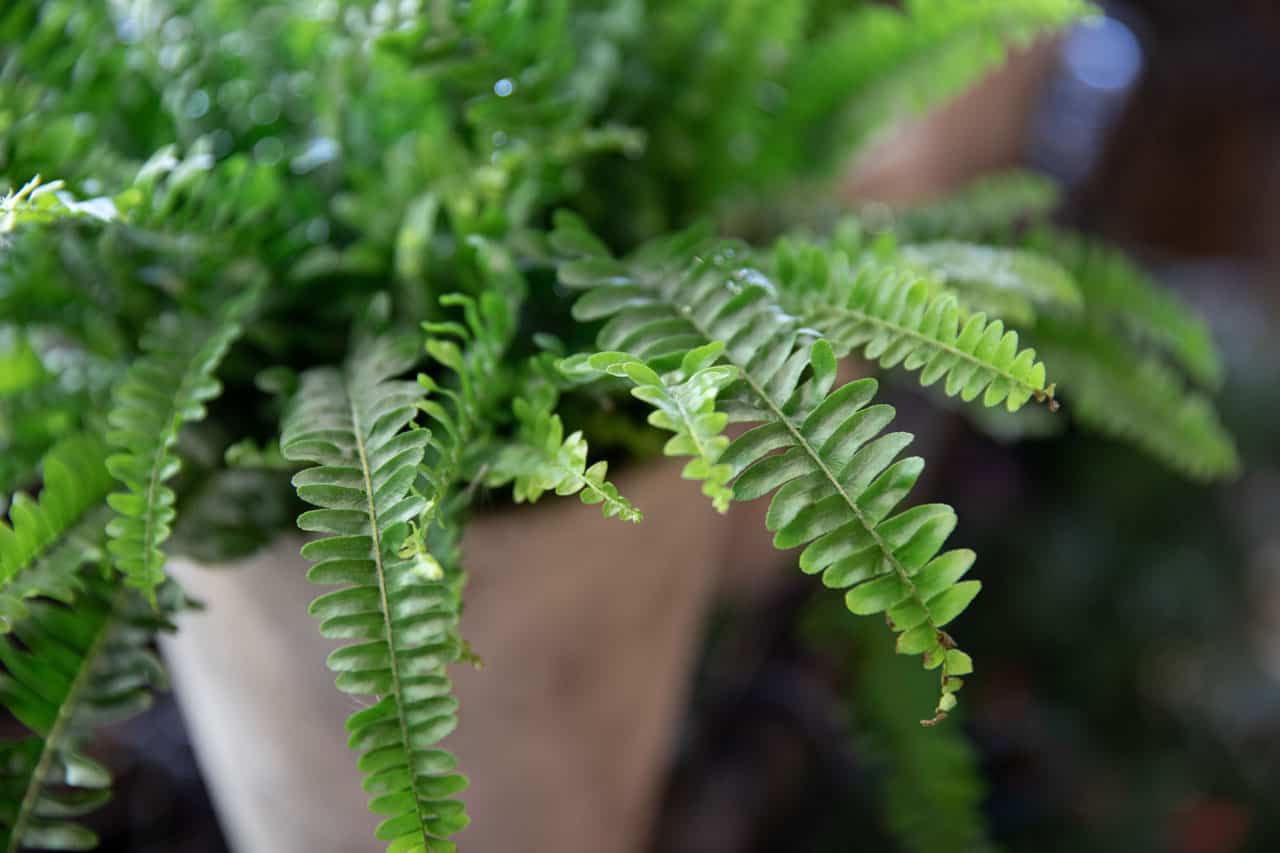
Boston Fern
Although non-toxic, the Boston Fern can be tempting for pets to chew on, so keep in a high location where it’s not as easily reached. Boston Ferns love bright indirect light and high humidity. An ideal location would be a sunny bathroom, and be sure that the soil stays moist.
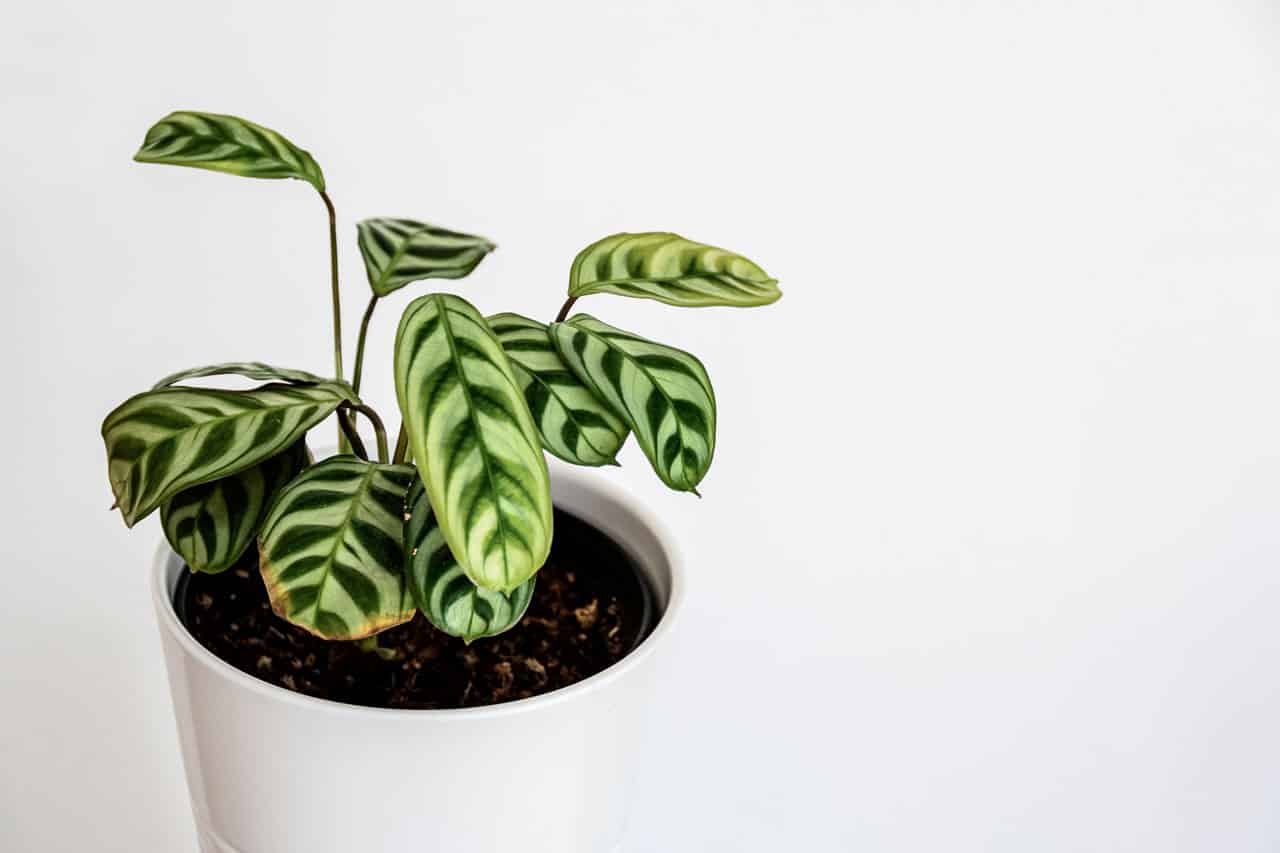
Calathea
Another low-light plant, the Calathea — or Prayer Plant — loves indirect sunlight. Although these plants thrive in humid climates, allow them to dry between watering. Most Prayer Plants are incredibly forgiving and will often “come back to life” even if they are neglected for a while.
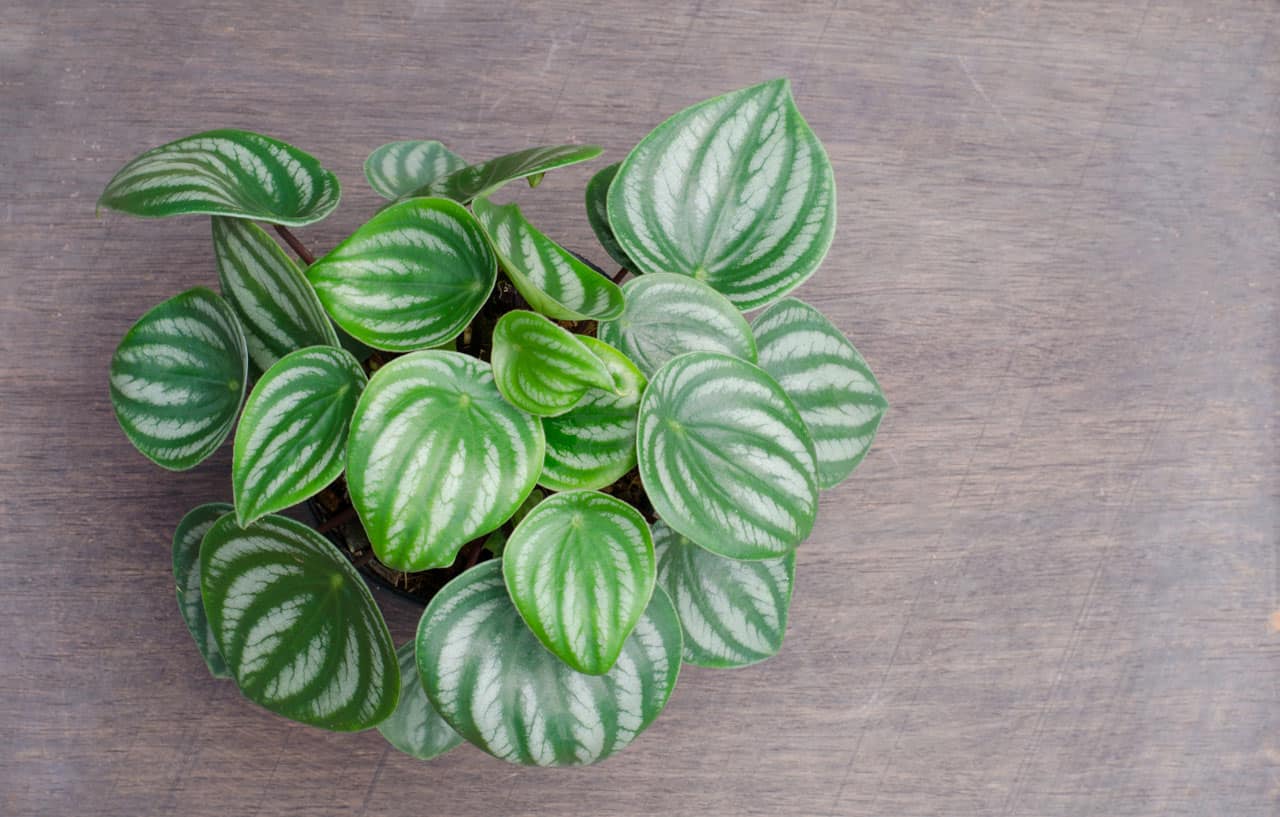
Peperomia
Peperomias enjoy medium to bright light. They can survive in low light but won’t grow as well. Many varieties of this houseplant can hold water in their stems and leaves during times of drought, so they can hold their own if you forget to water or go on vacation. Allow the soil to dry out before watering.
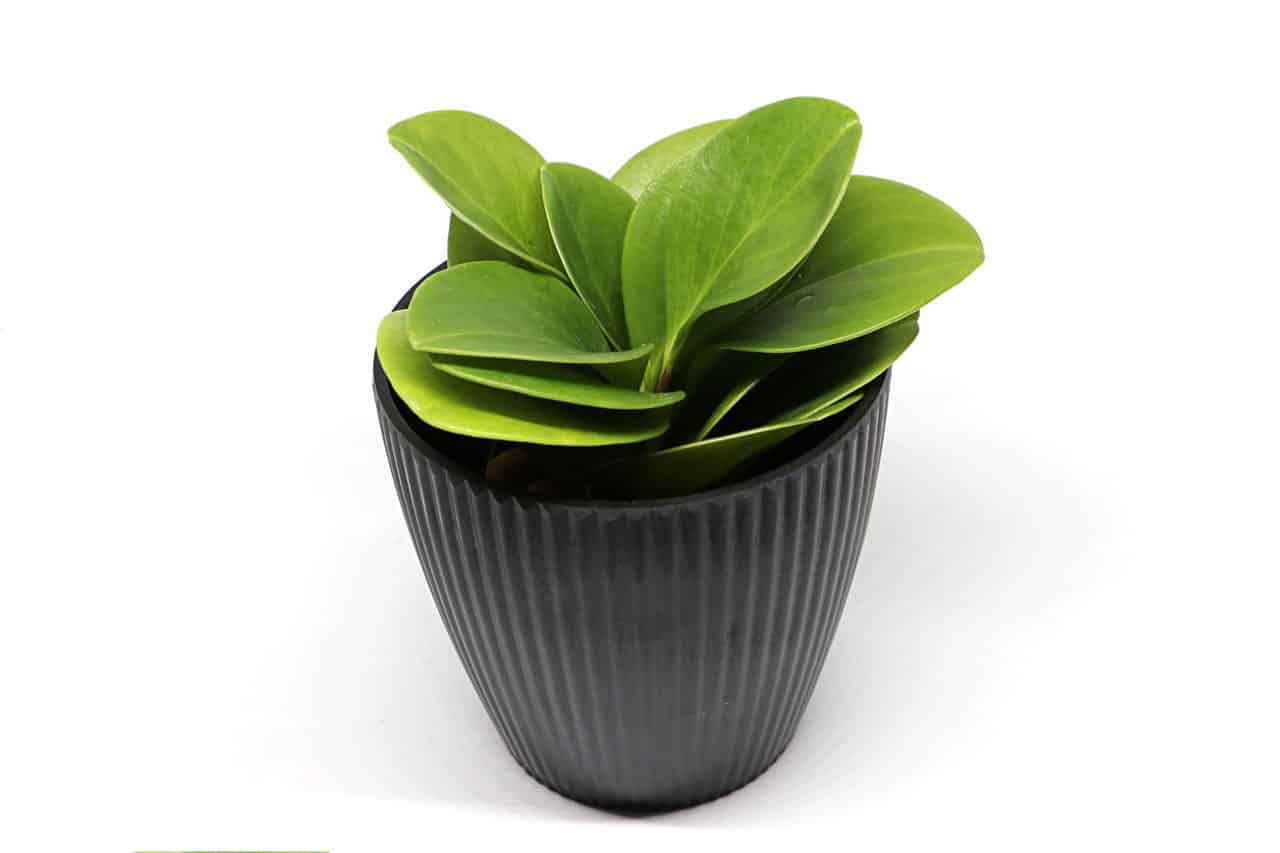
Baby Rubber Plant
Not to be confused with the Rubber Plant (which is highly toxic to pets), the Baby Rubber Plant (Peperomia Obtusifolia) is native to Florida and thrives in bright, indirect sunlight. To keep this plant healthy and happy, don’t overwater and let the soil dry out before each watering.
Even though all of these plants are non-toxic to pets, it’s always best to keep an eye out for any negative reaction. Sometimes plants can cause mild digestive issues if consumed frequently or in large quantities.